Free delivery on all orders over £45
Free delivery on all orders over £45
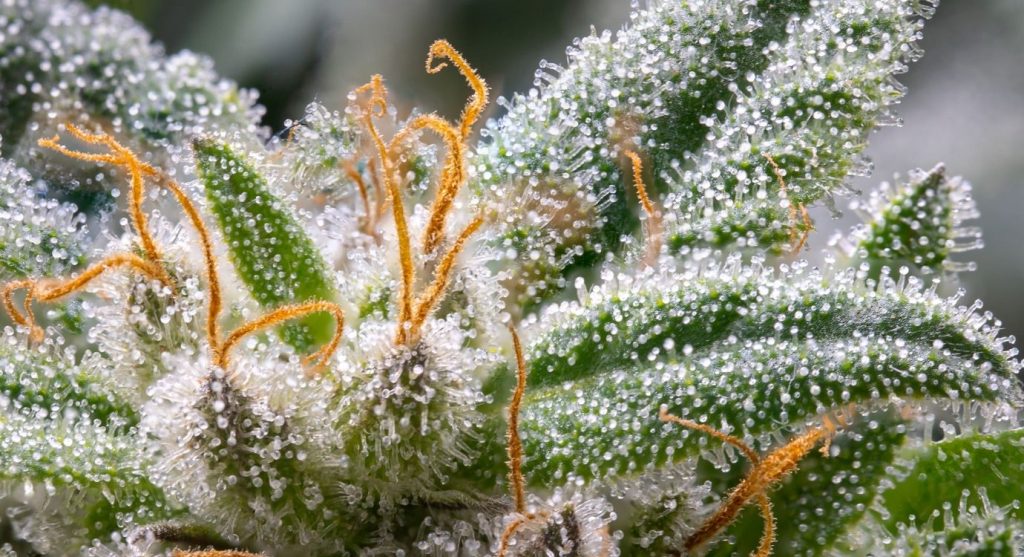
Medically reviewed by
You will find an extensive range of compounds in the cannabis plant and in CBD oil.
These include not only dozens of different cannabinoids but other categories of compounds too, including terpenes.
Terpenes are plant compounds that are responsible for their distinct scents, and they are found in high concentrations in hemp plants.
To date, scientists have discovered more than 20,000 different types of terpenes, with over 100 of these being found in the cannabis plant.
Just like cannabinoids, there are a variety of different terpenes with a range of fragrances, including citrus, lavender, pine, and more.
In addition, terpenes have many other beneficial properties that are often overlooked.
Let’s explore these magical compounds by looking at the following:
Even if you have never heard of this category of compounds, without a doubt you will have smelled, tasted and otherwise experienced terpenes.
Think about the last time you enjoyed the fresh fragrance of rose or pine: the unique fragrances of those plants come from the terpenes they contain.
Terpenes are found in the oils produced by plants and flowers.
The vast majority of terpenes are found only in plant species, but a few of the larger, more complicated terpenes are also produced by animals.
The function of these aromatic and organic compounds varies from plant to plant.
In some plants, including the cannabis plant, terpenes play an important role in the plant’s natural immune system to fend off harmful microorganisms.
In other cases, they can also protect the plant from predators and other potential damage.
In nature, terpenes can either help to repel predators or attract pollinators. Plants use chemical signals to attract or repel other animals and insects.
These aromatic compounds can create a sweet scent that draws pollinators to the plant’s flowers, helping the plants to reproduce and therefore for the plant species to survive.
Or they can act as the plant’s immune system by warding off microbes and other dangers that can harm the plant.
Terpenes also have a profound impact on humans. We interact with terpenes through our nose as well as our respiratory organs.
Studies have shown that scents can help calm your mind and induce a soothing and calming feeling in your body.
However, different terpenes have a different chemical makeup, and therefore will have different effects on our bodies.
For example, some scientific research linked pine, lemon, orange and lavender scents with increased relaxation and improved mood. Limonene, on the other hand, is believed to boost concentration and improve energy levels, as well as make it easier for your body to absorb other terpenes.
Furthermore, how you use terpenes will also significantly impact their effects.
When it comes to CBD products, the inclusion of terpenes which naturally occur in the hemp plant may not only deliver the kinds of benefits mentioned above but also support the effectiveness of CBD.
The terpenes in CBD products can play a significant role in enhancing the effects and benefits of that product.
The terpenes profile of CBD products will vary depending on the strain and batch of hemp plants used to produce it. This is why the taste of CBD oil can vary so much.
The unique properties of these aromatic compounds can have a range of effects and benefits on the human body, not just on their own but when acting as a group.
This brings us to the entourage effect.
Read more: What is the entourage effect?
The entourage effect is the phenomenon where different cannabinoids and other organic compounds such as terpenes work together to produce greater benefits for our wellbeing.
Simply put, the positive impacts of these compounds working together is greater than the sum of each compound working on its own.
If you consume terpenes alone, then you will doubtless notice some results.
However, it is when CBD, other cannabinoids and terpenes work together that they become truly powerful.
In this way, terpenes work differently when you consume them with the CBD than in an isolated form.
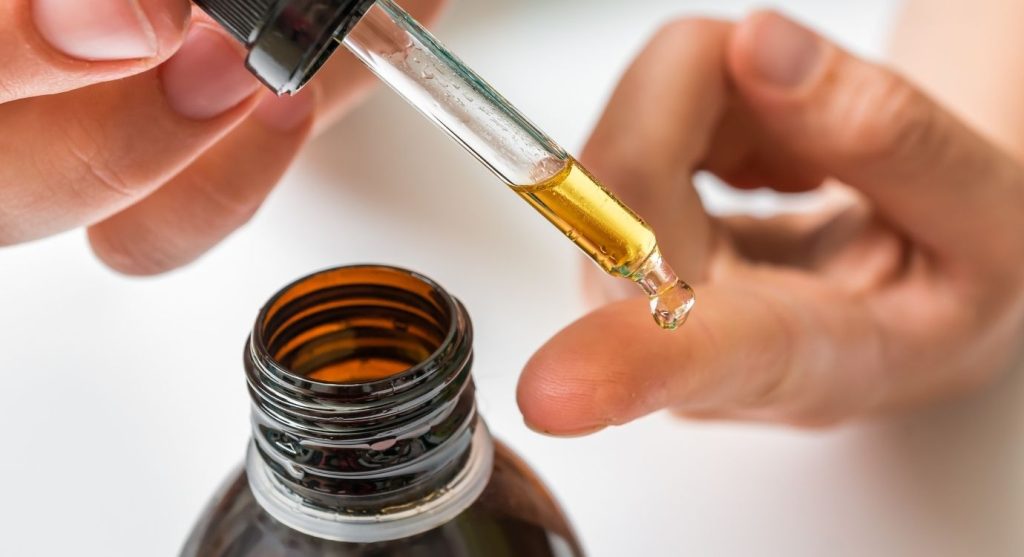
Terpenes are commonly extracted and isolated for use in aromatherapy and massage.
These terpenes are used to produce different effects on the human body depending on the type of terpene and its concentration.
In CBD products, terpenes may also offer a number of additional benefits. So much so, that some CBD manufacturers are now “designing” the perfect terpene blend to help with specific concerns.
For example, you might see CBD products that are optimised for sleep, energy or pain relief, which is achieved by combining the CBD with certain terpene profiles.
Here are just some of the benefits and uses of terpenes:
Terpenes are added to certain foods and beverages to enhance the flavour aroma.
Terpenes are used to create perfumes and add smells to other beauty products.
Essential oils used in aromatherapy include terpenes that induce relaxation.
Terpenes are added to CBD oil to produce the entourage effect and maximise the CBD benefits.
Although this area needs further study, research has indicated that some terpenes may have benefits for human health.
The benefits of individual terpenes varies according to the type of tepene and how it is used.
The main benefit of including terpenes in CBD products is to achieve the “entourage effect” we discussed above.
However, many terpenes also offer medicinal and therapeutic benefits. This is why they are commonly used in aromatherapy and skin care.
For example, tea tree oil offers antimicrobial benefits, while lavender is thought to be anti-inflammatory.
Read more: Benefits of CBD
While the majority of terpenes are safe, there is the risk that you could be sensitive to them.
Some terpenes such as linalool are known allergens, and so you might have a reaction if you ingest it or apply it to your skin.
When you are using products that contain terpenes, pay close attention to how it makes you feel and stop using it if you notice any side effects.
In CBD, the terpenes used are generally considered to be safe, but there is always the risk of an adverse reaction. When individuals have an allergic reaction to CBD, it is often the presence of terpenes that causes a reaction, so check the contents of your CBD carefully!
10% off on your first order
Complete this one-minute quiz and find the right products for you.
Contrary to what people believe, terpenes and terpenoids are not synonymous.
Essentially, terpenes are found in their natural form or as an active compound in a living plant. On the other hand, terpenes become terpenoids once the plant is dried and the flowers are cured.
For example, the aroma of fresh herbs and flowers is terpenes, while the aroma and flavour you find in dried herbs come from terpenoids.
This transition from terpenes to terpenoids happens when the terpenes are denatured through oxidation and the molecular structure of the terpene changes making it a terpenoid.
Typically, manufacturers of CBD products add terpenes in their active form to CBD oil.
Terpenes are produced in just about every plant, but not all plants contain the same terpenes.
Even within the world of cannabis plants, different strains of the cannabis plant have various levels of terpenes. This is one of the reasons why various cannabis strains have distinct fragrances and effects.
Let’s take a look at some of the key terpenes found in cannabis plants that you may also find in CBD products.
One of the most common types of terpene is Limonene, the terpene responsible for giving lemons and other citrus fruits their distinctive fragrance, as well as being found in other plants including rosemary, juniper and peppermint.
In addition to its pleasant citrus aroma, this terpene is associated with some benefits for wellbeing.
Additionally, it is a useful component in CBD oil as it is believed to improve the absorption of other types of terpenes by the human body, therefore making other terpenes present more effective.

Another common terpene found in abundance in cannabis plants is Myrcene which is responsible for giving these plants an earthy and herbal fragrance.
It is also naturally occurring in a range of other plants, including mango, hops and lemongrass.
Despite being one of the smallest terpenes in the cannabis world, Myrcene can have a powerful impact on your body. Found in the Cannabis Indica strains, Myrcene has soothing and calming effects.
As the name suggests, this terpene is produced by pine trees, or more specifically by pine needles.
Found in abundance in the natural world, Pinene also adds fragrance to rosemary, dill and basil, among other plants including some citrus fruits.
This terpene is also known for its powerful properties in Chinese medicine.
In addition, this natural compound can help fight bacterial growth and is believed to improve focus and uplift your mood!
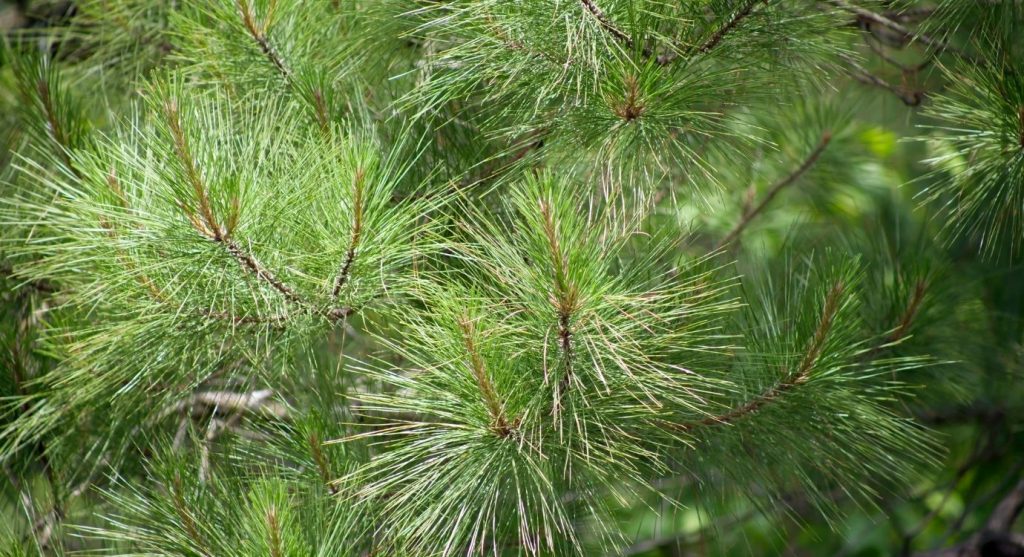
Linalool gives a sweet and floral fragrance to chamomile, lavender, and other similar plants, with most flowers getting their fragrance from Linalool.
Manufacturers often include Linalool in topical CBD products to add a fresh and delicate aroma to the product.
Essential oils extracted from flowers and plants rich in Linalool are often used in aromatherapy. Simply inhaling the delicate scents of this terpene can restore balance in your mind and calm your body without causing drowsiness.
Caryophyllene is found in black pepper, cinnamon, and cloves among other plants and carries an earthy and woody fragrance.
This terpene gives the cannabis plant a spicy aroma.
It is also the only terpene that we know of that acts as a cannabinoid, being able to interact with the endocannabinoid system. This functionality is linked to some of it’s specific properties which encourage bodily wellness.
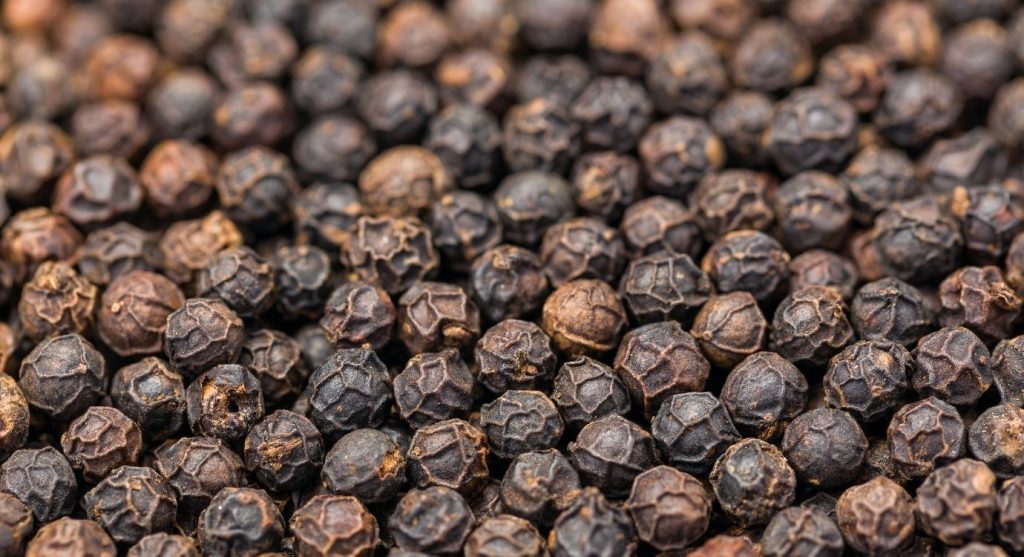
Humulene is a key active ingredient in the hops plant. This organic compound is also found in high concentrations in vegetables and herbs, including but not limited to coriander, cloves, and basil.
Research has found that this natural terpene could help promote wellbeing as well as being an appetite suppressant.
The woody and smoky fragrance you might inhale in the forest from certain plants comes from Terpinolene. This natural compound is found in rosemary, apple, pine, sage, and other such plants.
With a woody and sweet aroma, Terpinolene has sedative properties that may cause drowsiness.
A cup of chamomile tea always helps you to feel calmer when you are anxious or worried.
But why is this tea so effective in helping to calm your mind?
Chamomile contains a high concentration of Bisabolol, a soothing and mellow terpene which has a pleasant, floral fragrance. This compound is often recommended for people who struggle to fall asleep to promote better, more restful sleep.
Additionally, this terpene’s soothing properties can help relax your tense muscles.
Read more: CBD for athletes
Borneol is one of the more rare terpenes found in the cannabis plant, generally in strains of Cannabis Sativa.
Plants with a high concentration of Borneol have been used in Chinese medicine for centuries for promoting wellbeing.
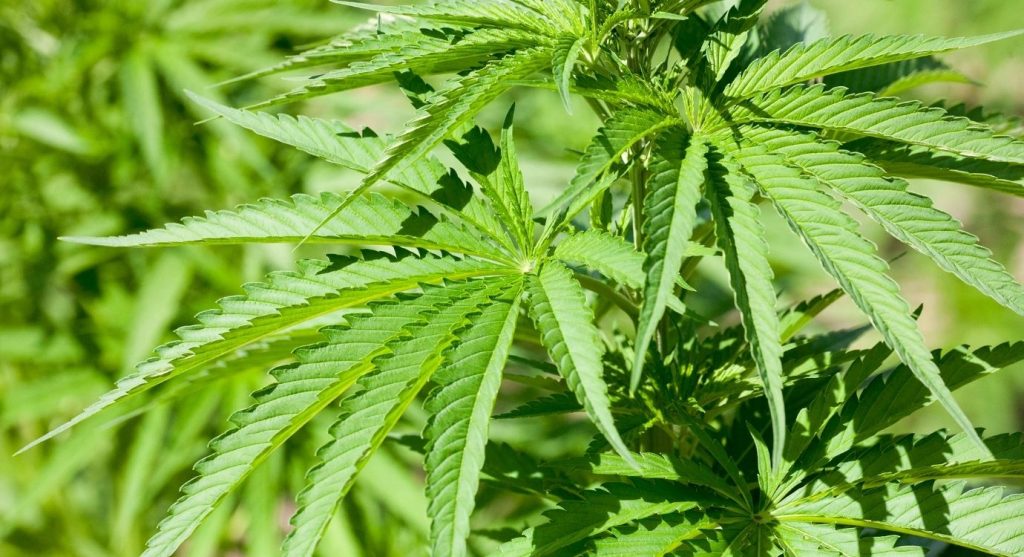
Terpenes are responsible for giving fragrance and taste to a large variety of plants. These aromatic compounds are found in abundance in certain plants and herbs, and are found in high concentrations in cannabis plants.
Terpenes are widely used in foods, perfumes, and other every-day products for their taste and smell.
Although research is still ongoing, terpenes are safe to use, and may offer many benefits for human wellbeing.
Along with their own benefits, terpenes work in tandem with CBD to enhance its effects on the human body and so are a useful addition to CBD products.
Sign up for the Evopure newsletter:
This product is not for use by or sale to persons under the age of 18. It should not be used if you are pregnant or nursing. Consult with a physician before use if you have a serious medical condition or use prescription medications. A Doctor’s advice should be sought before using this and any supplemental dietary product. This product is not intended to diagnose, treat, cure or prevent any disease.
© Evopure Ltd. All rights reserved Terms & Conditions Cookie Policy Sitemap